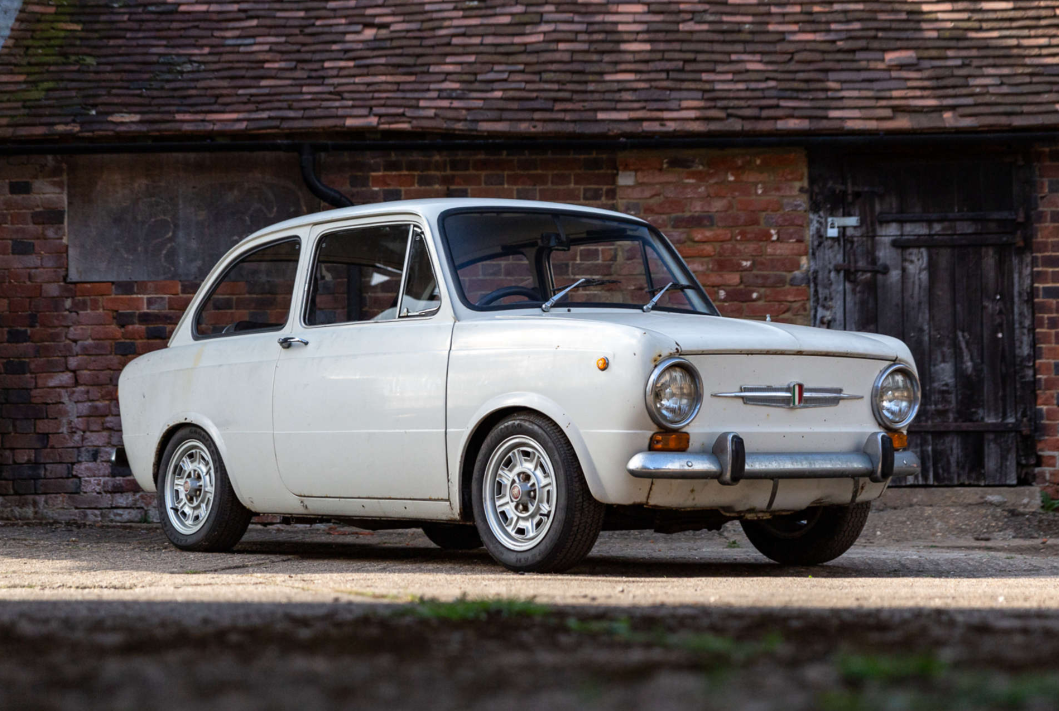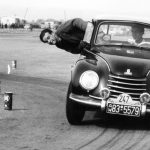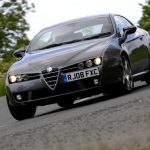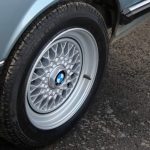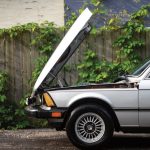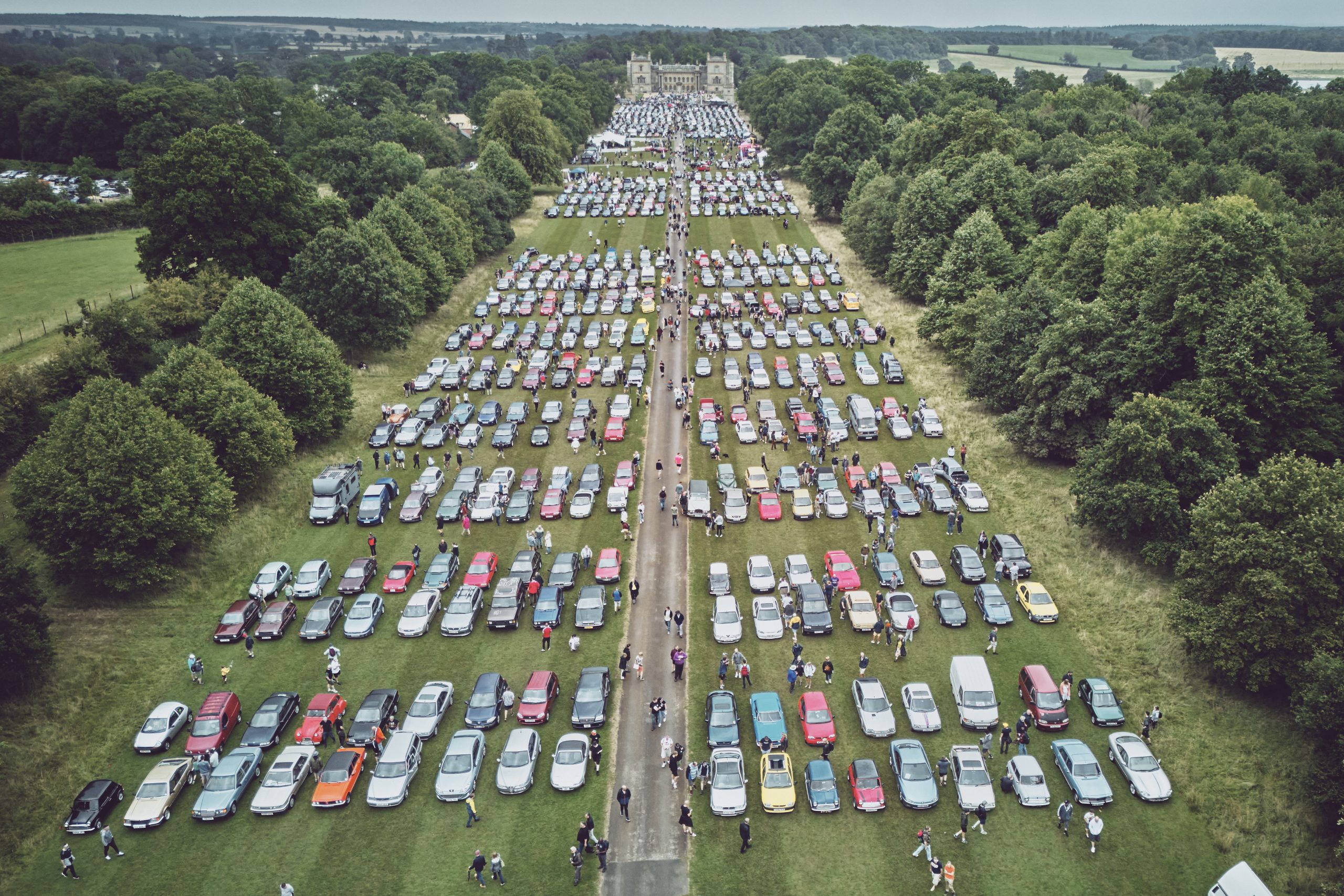Author: Alisdair Suttie
Photography: Car & Classic
In the pantheon of people’s cars that stretches from the Austin Seven to the Volkswagen Golf, the Fiat 850 is an often overlooked member of this most democratic of clubs. Conceived to take over from Fiat’s popular but dowdy 600, the 850 had to stick to a tight budget in order to keep filling Fiat’s coffers. Such a rigid design brief led to much clever thinking and the resulting 850 arrived in 1964.
While looking thoroughly modern and not at all like its 600 predecessor, the 850 saloon relied on the 600 for its simple yet effective front suspension with upper and lower wishbones plus a transverse leaf spring. At the back, there was still more familiar engineering courtesy of the swing arm and coil spring set-up seen in the 600. This worked well with the rear-mounted inline four-cylinder engine, which was an enlarged version of the motor from the 600. Now up to 843cc, it offered 40bhp in the standard saloon, or you could have the Super with 42bhp.
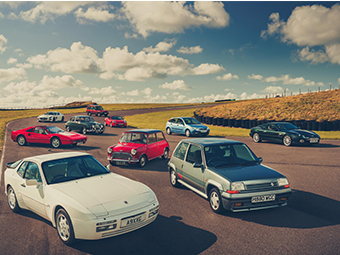
Neither engine option for the two-door only saloon sounds that powerful, but the 850 tipped the scales at just 670kg, so the peppy power unit delivered surprisingly decent performance and fuel economy. All of this was transmitted through a new four-speed manual gearbox, though Fiat went on to offer an automatic transmission in the Idromatic model from 1966. There was also a semi-automatic that did without a clutch pedal and was called the ‘Idroconvert,’ but it was not a success either technically or sales-wise.
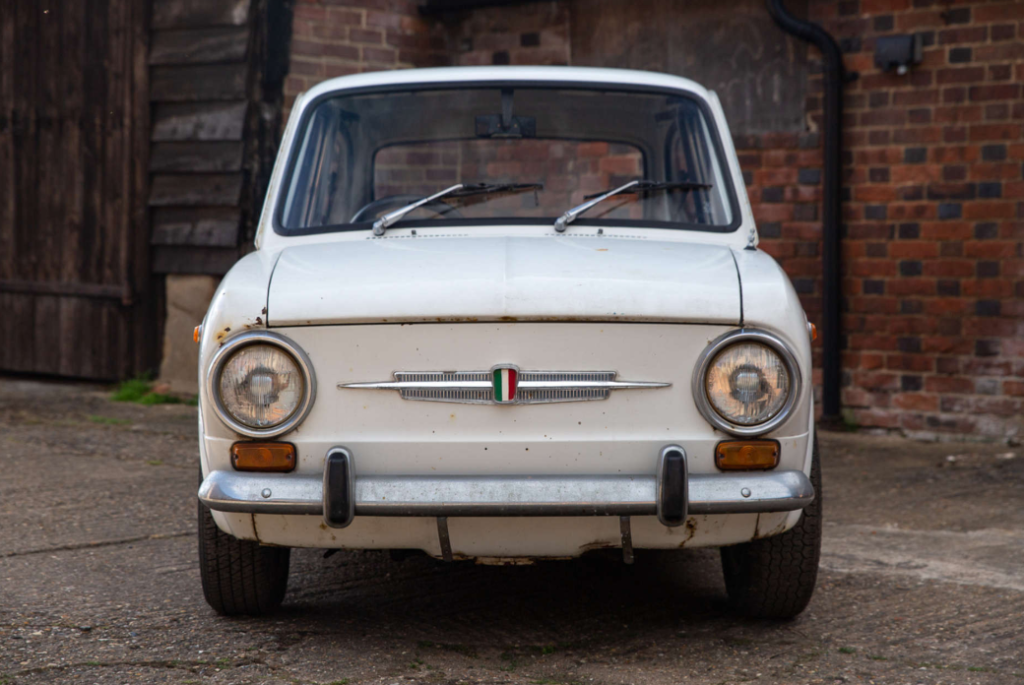
Some welcome glamour arrived for the 850 range a year after’s the saloon’s launch when Fiat introduced the Coupé and Spider. The Coupé was all Fiat’s own work from its Centro Stilo design department, and it was a sharp looker with more than a passing resemblance to the larger 124 Coupé that would pitch up in 1967. Alongside this, the open-top Fiat 850 Spider was even more slinking and was styled by Giorgetto Giugiaro working at Bertone. The Italian coachbuilder also built the Spider for Fiat, so it was definitely the most exotic of the line-up and found plenty of favour in its homeland and the lucrative US market, but it was not officially sold new in the UK.
Both the Coupé and Spider benefitted from more powerful versions of the 843cc engine from the saloon. The Coupé was stated at 52bhp and 54bhp for the Spider. They also came with front disc brakes in place of the saloon’s drums. For 1968, both of these sporting models received a 903cc version of the engine, but with no increase in power. What did set them apart was a new four headlight front for the Coupé with this revision, while the early Spider’s fared-in headlights were replaced by more conventional lights moulded into the front wings. You could also now order a hard-top for the Spider.
The early 1968 update also saw the saloon fitted with the 52bhp engine, as well as disc brakes and improved trim for the 850 Special model. A Series 3 Coupé arrived in 1971 but was short-lived. Prior to this, Fiat had also added the Familiare estate model in 1965, which was more of a small van than an estate. No matter, it could carry up to seven people and was extremely versatile. It also went on to be the longest-running 850 model as it survived until 1985 as a compact camper known as the Fiat Amigo in the UK.
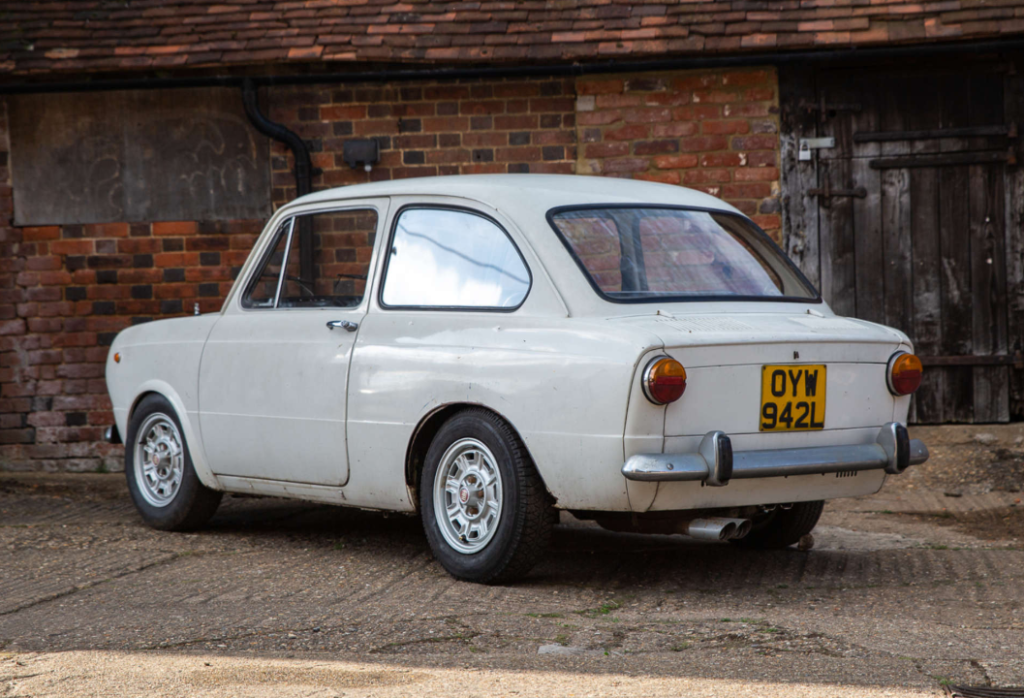
As well as these Fiat models, the 850 was also produced under licence as the SEAT 850 and Zastava 430, and renowned tuning firm Abarth could offer upgraded models from mild to wild with anything up to a 210bhp 2.0-litre engine. The Abarth models are collectors’ gems, but the mainstay trio of 850 models are much more accessible and easily found, helped by Fiat turning out 2.2 million saloons, 380,000 Coupés, and 140,000 Spiders.
What’s Fiat 850 like to drive?
The three main variants of the Fiat 850 might share the same basic platform, but they have their own distinct characters on the road. Let’s start with the saloon, which is not as slow or breathless as it modest power output might lead you think. Just as with a Mini, Citroen 2CV or Fiat’s own 500, it’s all about preserving momentum and using the car’s decent handling to do so. There’s more grip than you think, especially on modern radial tyres, and you become accustomed to the slight front end bob that is common to most rear-engined cars. It takes a few miles to fully trust the steering will turn the car into corners when you want, but the 850 hangs on and follows its course with no drama.
The saloon has a softly set feel on most roads, though larger potholes are best avoided if only in deference to the car’s age. However, the cabin is remarkably quiet once you’ve built up to higher speeds – 60mph is perfectly possible even if 70mph begins to feel strained. The four-speed manual gearbox has a short shift and is more precise than many rear-engined cars offer, while the 843cc engine is a good deal more exciting to work hard than a Volkswagen Beetle’s. You will notice the pedals are offset towards the centre of the car, but the driving position is good in all 850s, and the saloon and Coupé offer reasonable space for four so long as its kids sitting in the back.
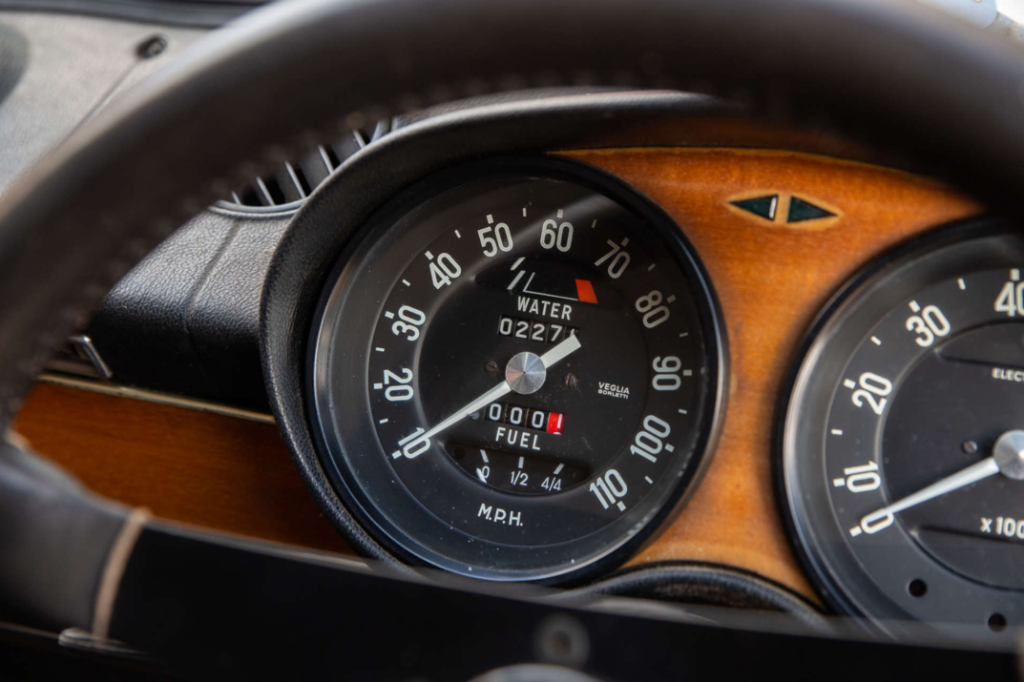
Step from the saloon into either the Coupé or Spider and you’re in for a treat. Both of these sporting models deliver on their promise, albeit with modest performance that’s on a par with a contemporary MG Midget’s. Their engines encourage you to rev them and this is how to get the best from the driving experience, helped by that decently precise gearchange action.
Coupé and Spider versions of the 850 handle well and you don’t have to worry about snap oversteer if you have to lift off the throttle mid-corner. There’s more than enough grip and balance to ward off this behaviour, plus the disc front brakes add welcome reassurance when stopping. The key difference between this pair, of course, is the Spider does all of this with the added joy of open-top motoring. Its hood is simple to stow under the rear panel, giving the car its clean lines, and the engine makes a suitably pert noise when working away.
How much does a Fiat 850 cost?
Despite there being four clear lines to the Fiat 850 family, prices at the lower end of the spectrum are all much the same for all bar the saloon. As a result, a car in running order that you can use and improve will cost from around £4500 whether you want a Spider, Coupé, or Familiare. The same is true for cars in better condition but still in need of some improvement.
Move up to condition 2 cars and the prices begin to separate as the saloon and Familiare will cost around the £8000 mark. Look for a Coupé in similar order and you’ll need to spend a further £1000 or so, but a Spider in tidy order will cost from £12,000.
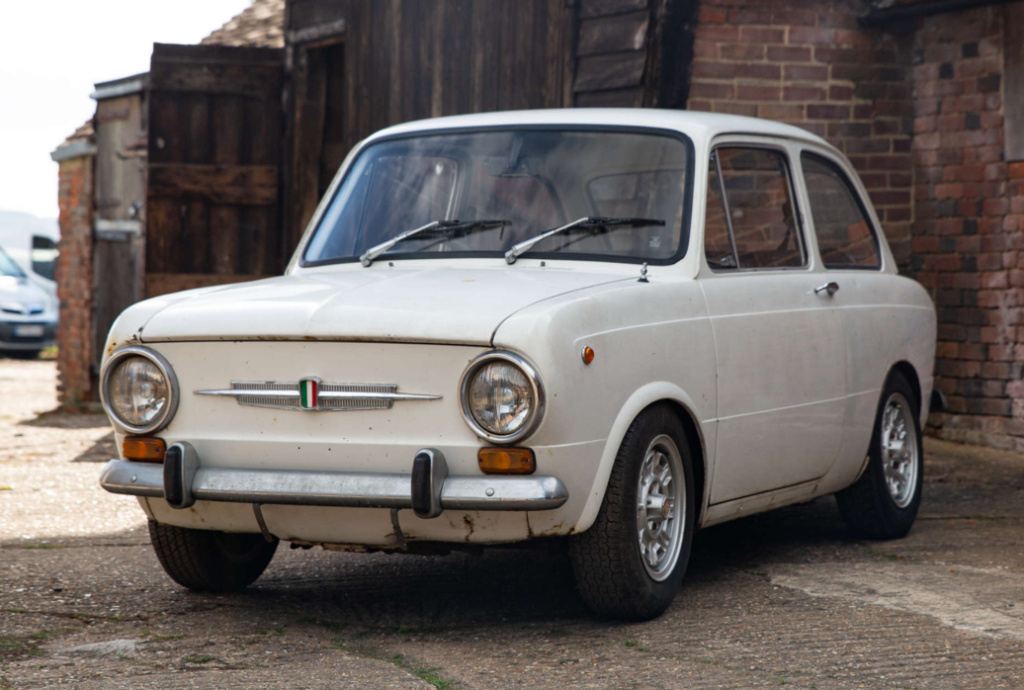
The same applies to the best examples, where the Spider can command up to £20,500 in excellent shape, while the Coupé is more affordable at £14,500 for the finest cars. A saloon in perfect show condition will cost about the same as the best Coupés, while a superb Familiare looks like a bit of bargain for £10,000. One thing to bear in mind is the number of available car is quite small, so you may have to look at importing a Fiat 850 from Europe or the US to bag your perfect car. This means you will have to factor in the additional cost of transport and import duties.
Looking at saloon values, it’s the least loved of the bunch and you can find working cars for £3000. Add £2000 to that budget and you can pick from cars in decent overall condition that only need detail improvement. Up your spend to £7000 and you’ll find the best 850 Special saloons are on offer.
What goes wrong and what should you look for when buying a Fiat 850?
You’re unlikely to need smelling salts when you learn rust is by far the biggest issue when deciding on whether or not to buy a Fiat 850. Regardless of which model you want, they are all made from relatively thin steel with minimal corrosion protection from new. A well restored car may have more rust-proofing treatment, but it certainly pays to do this on a regular basis once you have bought an 850.
As a result of its propensity to corrode before your very eyes, you need to look along every panel join, corner and seam for sign of bubbly. Sills, doors, wings, screen surrounds, suspension mounts, jacking points, floorpans, front boot floor, inner wings – you name it, you must check it.
If all seems decent with a car and it’s free of dreaded oxidation of its metal, the rest of the car is remarkably simple and long-lasting. With the engine, the biggest concern is the cooling system as the radiator and associated plumbing is not the most effective. It’s worth having the standard radiator re-cored as a post-purchase precaution, or you could upgrade to one with a thicker core for better cooling. You should also look for any perished cooling pipes and ask the seller if the system has been flushed recently to prevent blockages. Lastly, check the coolant itself is clean and has anti-freeze included in its mix.
Another victim of heat build-up under the rear engine lid is the ignition’s distributor. Its cap can crack and the HT leads can also deteriorate because of engine bay temperatures. At least these are service items and easy to get at, and the rest of the engine is durable. The same is true of the manual gearbox, but the differential can crack. Look for any tell-tale hairlines in the differential’s casing and oil leaks before and after a test drive.
As with most cars of the period, the suspension is simple to maintain and service, so just keep on top of routine greasing, which includes the front kingpins. The brakes and steering are also easy to work on and most parts are surprisingly easy to get hold of from specialists.
The interior of the Fiat 850 goes from basic in the saloon to well equipped and stylish in the Spider. Kits to retrim seats are available for all versions, along with electrical components that are common to a number of other Fiat models of the same era. However, you might struggle to find replacements for some of the rarer trim pieces, especially on the Series 3 Coupé.
Which is the right Fiat 850 for you?
The Fiat 850 saloon might not be the most visually exciting car and doesn’t have the cute appeal of its smaller 500 sister, but it’s a great starter classic. Simple to work on and with good parts availability, it’s also affordable and can keep pace with modern traffic while being different from the more usual Beetles, Minis and Morris Minors at any event. Choose a later one with the more powerful engine and it’s more versatile than you’d think.

Many will be drawn to the looks of the Coupé and Spider, and we’re among that crowd. The sharp-suited Coupé is a strong all-rounder and the Spider has the sort of knock-out looks that mean it can hold its own in any arena. Which you choose will largely come down to whether you want a closed car or an open-top.
As for the Familiare, it’s a great way to take the kids to school in classic style or head off for a weekend classic show without worrying about where to stay. Admittedly, the camper model is very much on the compact side, but for a night or two you can cope so long as the weather is more Tuscany in the sun than Skegness in the rain.
